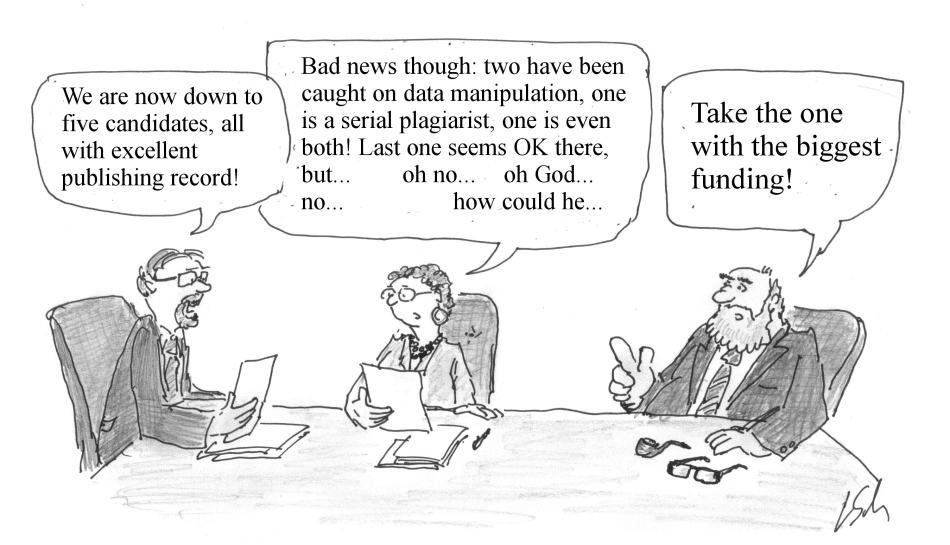Ronnie's California stem cell story
The 14-year-old stem cell agency trumpeted its new slogan this morning when it released its annual report for 2018. It's a "powerful story," the agency declared on its blog.
The 28-page document chronicled the state of affairs at the California Institute of Regenerative Medicine (CIRM), as the agency is formally known. The report is titled "Something Better Than Hope. Right Now." CIRM said,
"While once there was only hope, now we know that cures are imminent."
Kevin McCormack, senior director of communications, celebrated the agency's annual review on its blog, The Stem Cellar. He wrote,
The report itself said,
- "50 clinical trials funded to date, 7 this year alone
- "$2.6 billion in CIRM grants has been leveraged to bring in an additional
- "$3.2 billion in matching funds and investments from other sources.
- "1,180 patients have been involved in CIRM clinical trials"
"CIRM has funded 1,000 projects at more than 70 institutions in California and is the largest single funder in the world of clinical research for stem cell and regenerative medicine. More than 2,700 medical discoveries have been peer reviewed and published in scientific journals. But, most importantly, lives have been saved, second chances have become possible and cures have risen beyond hope."Stories of the lives of patients in clinical trials were not neglected, including Ronnie, the toddler in the video at the top of this item.
Maria Millan, the CIRM CEO who was a pediatric surgeon earlier in her career, wrote,
"CIRM’s mission is to accelerate stem cell treatments to patients with unmet medical needs.
"Think about patients like baby Elianna on page 2. She was treated with stem cells for a life-threatening blood disorder while still in her mother’s womb. Ronnie (page 15), who was born with what was previously considered a fatal immune disorder, is alive and thriving today. These stories inspire and motivate us to continue to build upon the great strides CIRM has already made "
The annual report is expected to serve as an important tool as the agency attempts to raise privately more than $200 million to back its efforts until the fall of 2020. That is when CIRM is hoping that California voters will approve $5 billion more for the agency so it can continue its work.
Annual reports from businesses and government agencies are predictably tilted towards the most positive view of their performance. CIRM's report is no exception. Nonetheless, the agency has run up a record of accomplishment that is significant and important. However, it has not yet fulfilled the expectations of voters in 2004 who were led to believe that nearly miraculous stem cell cures were right around the corner.
"Today, thanks to the 7.2 million voters who authorized the California Institute for Regenerative Medicine, or CIRM, we have something better than hope; we have results, accomplishments, people made well— and a systematic way to fight chronic disease."









